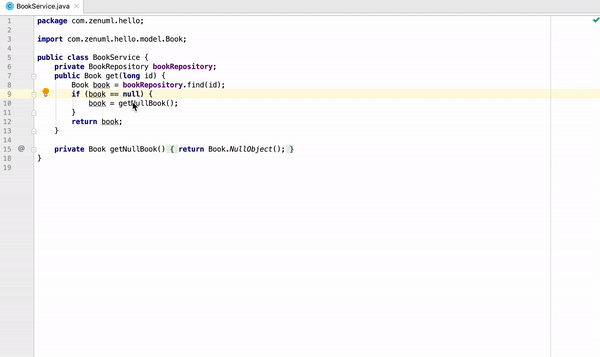I am one of the authors, so the answer can be biased. It is open-source (Apache 2.0), but the plugin is not free. You don't have to pay (obviously) if you clone and build it locally.
On Intellij IDEA, ZenUML can generate sequence diagram from Java code.

Check it out at https://plugins.jetbrains.com/plugin/12437-zenuml-support
Source code: https://github.com/ZenUml/jetbrains-zenuml